The Menisci (Singular: meniscus) act as joint bodies to compensate for the anatomical differences between the shin and thigh rolls. Together with the cruciate ligaments, they stabilize the knee and act as shock absorbers that protect the joint cartilage.
What is the meniscus?

As meniscus is a cartilaginous tissue structure within the knee joint that supports the transfer of forces and loads between the femur (thigh bone) and the tibia (shin bone) by compensating for differences in shape between the femoral condyle (thigh roll or distal articular processes) and the tibia.
Each knee joint has a medial meniscus (inner meniscus) and a lateral meniscus (outer meniscus). External rotation loads the medial meniscus, and internal rotation loads the lateral meniscus.
Depending on the blood flow, the menisci are also divided into a red zone near the capsule (well supplied with blood), a red-white zone (restricted blood supply) and a white zone (not supplied with blood). Injuries such as tears usually affect the peripheral zones of the menisci with less blood supply.
Anatomy & structure
The medial meniscus and lateral meniscus are located between the femur and tibia in both knee joints. In addition, the 'Menisci subdivided into the three parts of the anterior meniscus horn (anterior third), intremedia (middle third) and posterior meniscal horn (posterior third).
The meniscus is made up of connective tissue and elastic fiber cartilage, through which it can adapt to the movements and motor skills of the corresponding knee joint. Formally, the meniscus is adapted to the surface shape of the tibial plateau and the femoral condyle in order to be able to realize its buffer function.
The meniscus medialis has a C-shaped or crescent-shaped appearance and is firmly fused with the capsula articularis (connective tissue joint capsule) and the ligamentum collaterale mediale (inner ligament), which is why it is less mobile and more prone to traumatic injuries. The lateral meniscus has an almost round shape and is only partially fused with the articular capsule, making it more flexible and less prone to injury.
Function & tasks
The primary task of the Menisci consists in compensating for differences in shape between the tibia and femoral condyle in order to relieve the joint cartilage and protect it accordingly. Since the femur and tibia, which are connected by the knee joint, have different joint surfaces and would accordingly have a minimal contact surface with direct contact, they would be very unstable and not functional without the menisci in between.
Accordingly, the menisci in the knee joints act as a kind of “washer” that increases the contact area and thus protects the femoral and tibial cartilage against friction and wear through better pressure distribution. A stabilizing function is assigned in particular to the meniscus posterior horn, which fulfills the function of a “brake pad” or buffer and prevents the tibial head (caput tibiae) from sliding away.
In addition, the elastic tissue structure of the menisci ensures that forces and impacts acting on the femur and tibia are buffered (buffer function). The menisci also ensure a better distribution of the synovial fluid.
Illnesses, ailments & disorders
Both genetic disorders and degenerative processes increase the risk of impairment of the Menisci, with the meniscus tear being the most common damage. Chronic overload, i.a. Through sporting activities, lead to microtraumas (fine tears in the menisci), which make the cartilaginous tissue structures unstable and can tear or become trapped even during normal everyday movements.
This so-called meniscopathy (meniscus damage) is recognized as an occupational disease among miners and tilers. Acute damage can cause a partial displacement of the affected meniscus, which can block the knee joint. Chronic structural changes to the meniscus usually cause permanent increased stress on the cartilage, which in turn promotes degenerative processes (signs of wear and tear) and, accordingly, knee osteoarthritis.
Exercise-dependent pain is characteristic of chronic meniscopathy. Since the menisci are only supplied with blood in their peripheral zones, they also have little potential for regeneration. In most cases, the more common damage to the medial meniscus is an injury to the posterior horn of the meniscus. Degenerative processes on the cartilaginous structures are also associated with an increased risk of the manifestation of cysts, cavities filled with fluid.
As a rule, cysts form on the lateral meniscus, which can be expressed as a protrusion on the outside. Cysts in turn promote meniscopathies due to entrapment and / or tears. Meniscopathies can also be caused by genetic anomalies such as a meniscus disciformis (disc meniscus). The affected meniscus is weakened and accordingly more susceptible to injury-related damage.

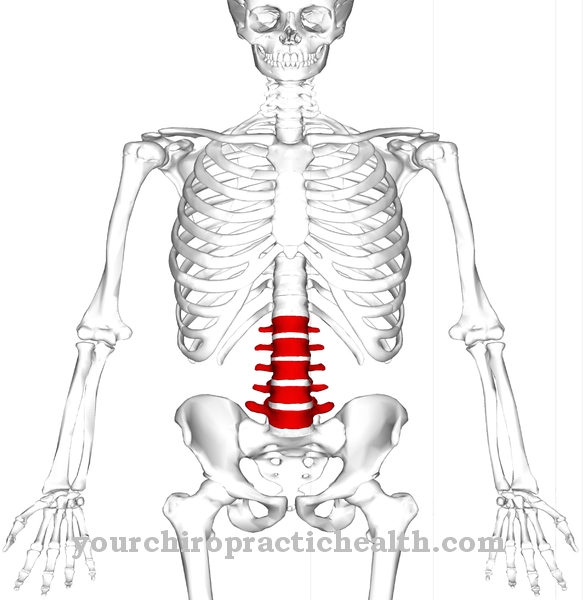
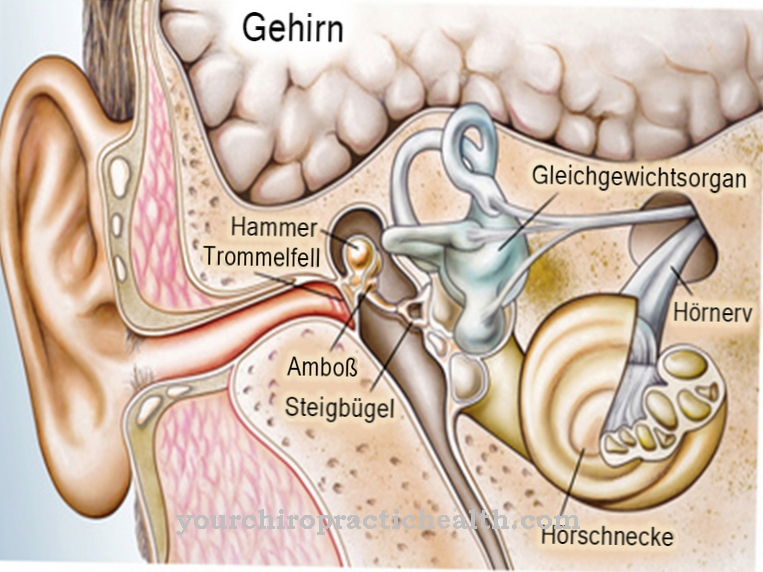
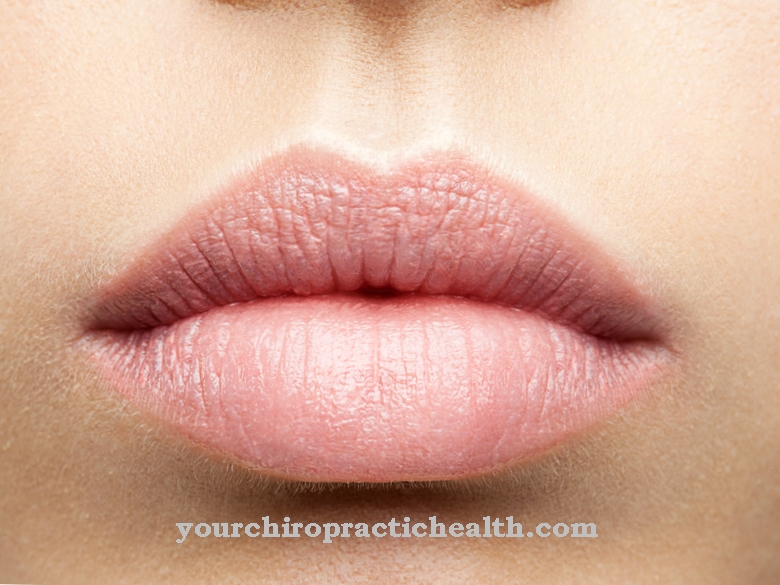

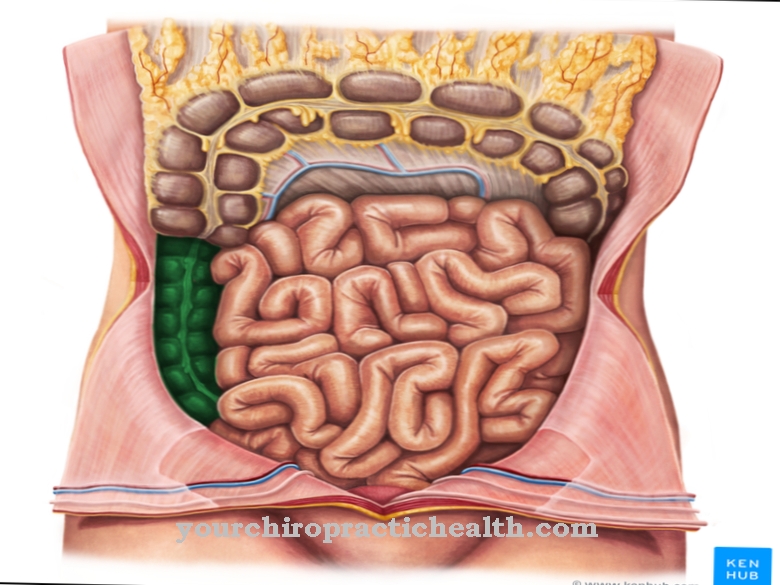
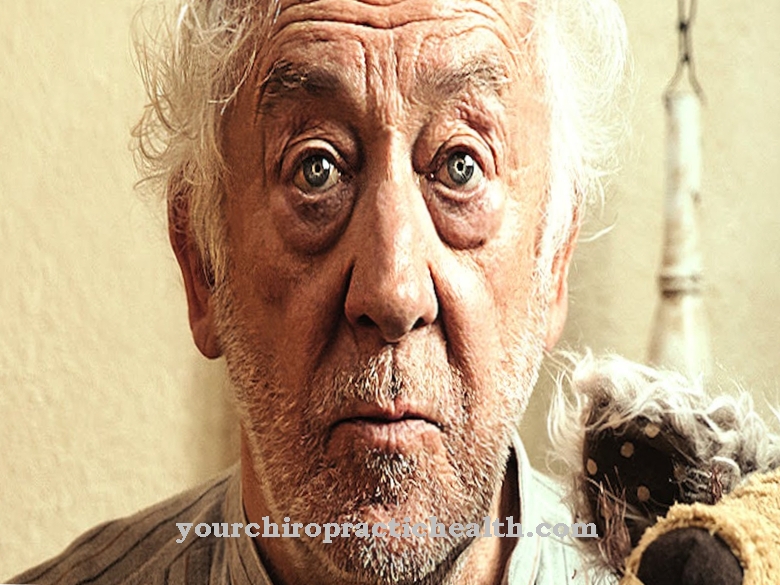

















.jpg)



